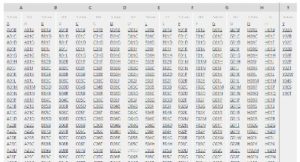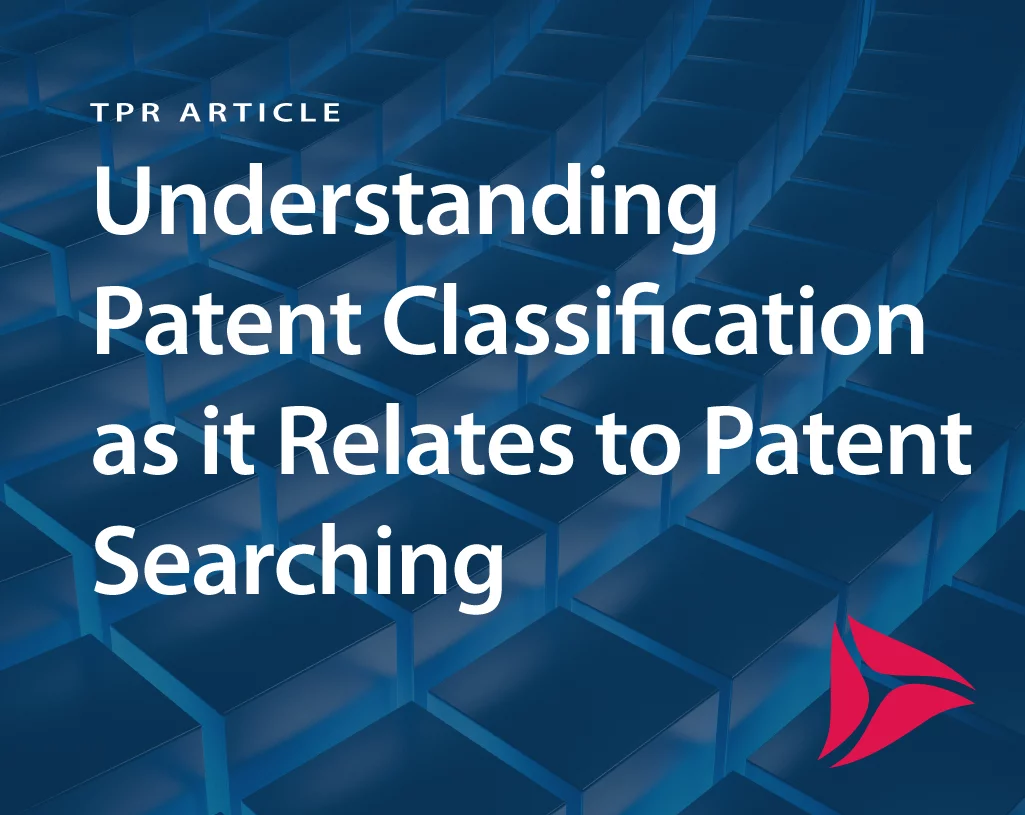The classification system seems a simple concept; organizing patents into specific technology groupings based on the subject matter to which they pertain. In theory, such a system would be extremely useful when it comes to patent searching, especially for technologies that are very visual such as engineering and high-tech related fields that are often difficult to summarize in words. Is it really this simple and can we rely solely on classification for patent searches?
In this article we look at different patent classification systems and briefly touch on auto-classification AI tools at the patent offices. We discuss classes and subclasses while presenting examples of classification in practice. We also highlight some considerations of classification-based searching for different search objectives.
How to Determine the Best Subclasses for a Patent Search
The patent classification system is huge and complex, and it may be difficult for a novice to find the best areas to search. In the “old days”, when the USPTO still maintained a physical library of paper copies of patents, it was not uncommon for a patent searcher to consult with a U.S. Patent Examiner to ask their opinion. Nowadays, a searcher wishing to find the most pertinent subclasses can “consult” with an Examiner in a somewhat round-about fashion. Using a computer search of keywords relating to the invention, or prior general knowledge of subclasses, the searcher can narrow in on documents that are somewhat pertinent, and then, using these patents, scrutinize their classifications, in coordination with the published schedules of classification. Because the classification of the somewhat-pertinent patents is determined by an Examiner or other classification expert, the searcher is, in effect, utilizing their expertise, without needing direct 1-on-1 consultation. Then, searching patents through these selected subclasses, and as the search proceeds, the searcher may perform additional retargeting of the most-pertinent classification, as new, more relevant documents are located and more expertise in the technology is gained.
Multiple Classes and Sub-Classes

In the iterative approach presented above, the fact that more than one class may be relevant will likely show up because relevant patents will be classified in multiple classes. Take, for example, the following US Patent:
11213777 Titanium oxide-comprising fibrous filter material
which is classified in the following CPC classes:
B01D SEPARATION
F24F AIR-CONDITIONING
Within these classes, this patent is also classified in several groups.
The currently-used Cooperative Patent Classification (CPC) system is very similar to the earlier-existing IPC (International Patent Classification), both of which are quite distinct from the USPC (the US Classification, which is all but extinct now).
USPC, CPC, IPC
The three classification systems; USPC, CPC, IPC all operate in generally the same manner. They comprise a hierarchy of technology subjects, along with a classification code for each topic in the hierarchy. Within the hierarchy, some topics are indented under other topics, which may be indented under other topics, etc. When classifying an invention, one should always go to the most pertinent topic; that is, the topic that is indented the most. After completing that subclass, the lesser indented subclasses can also be searched. For example, the above patent is classified in F24F in the subclass 8/10, among others:
| F24F 8/00 | Treatment, e.g. purification, of air supplied to human living or working spaces otherwise than by heating, cooling, humidifying or drying | |
| F24F 8/10 | Treatment, e.g. purification, of air supplied to human living or working spaces otherwise than by heating, cooling, humidifying or drying by separation, e.g. by filtering | <– [11213777 classified here] |
| F24F 8/108 | . . using dry filter elements | <– [11213777 should be here] |
| F24F 8/117 | . . using wet filtering | |
| F24F 8/125 | . . .using wet filter elements |
As this patent relates to a dry filter, the proper subclass (most indented) should be F24F 8/108; however the current CPC classification for subclass 108 also contains this WARNING:
Group F24F 8/108 is incomplete pending reclassification of documents from group F24F 8/10.
Groups F24F 8/10 and F24F 8/108 should be considered in order to perform a complete search.
When comparing the quality of two classification systems (like USPC and CPC), although this is a very crude assessment, one parameter of interest is the total number of subclasses, indicating how detailed the classification is. According to some tabulations, there are:
USPC: 160K subclasses
CPC: 250K subclasses
A more thorough analysis would compare the number of subclasses within certain technology areas, because the classification detail may not be uniform across all areas.
Considerations for Validity Searches
For challenging validity searches, including SEP searches/standards searches, we want to look at the broader group with an * (i.e., we usually search F24F810* to cover 10 and everything indented under it) to make sure we are catching everything under that big banner.
Therefore, from a searching perspective, there are two strategies here: (1) we want to look at classes/subclasses with a narrower focus with broader keywords or no keywords (depending on the size of the search set as if there are only 100 patents, it may be feasible to just manually review them), AND (2) we want to look at classes/sub-classes with a broader focus with narrower keywords. In the example, above, one really should search F24F 8/108 as the narrower focus with broader keywords or no keywords at all AND ALSO search F248/10 as the broader focus with narrower keywords, as from experience, classifications are imprecise and pertinent patents may be located in either classification.

Strategies for challenging validity searches
In addition to CPC, a searcher may still choose to use the legacy USPC, especially for Validity Searches, because the CPC classification was created much later than when the older patents were issued, and therefore the CPC classifications of these older patents were assigned during a re-classification project, rather than by the original Examiner. Also, sometimes changes in the CPC classifications may not have been populated with the earlier patents if the reclassification was not performed.
Also important to consider is the Japanese patent office assigns FI [File Index] and F-term [File forming term] which are very powerful tools for searching Japanese patent literature. The Japanese patent classification system consists of approx. 190,000 FI and 360,000 F-term entries. It is also noted that FI is based on IPC.
Considerations for Patentability Searches
One thing that should also be noted, is that patents are classified based on their CLAIMS, not their DISCLOSURES. So, patentability searches, involving disclosures rather than claims, may need broader classification headings to be used, to ensure looking at all relevant art.
In any case, it is rare for a search to be carried out ENTIRELY using only classification. More likely, the classification will be combined with keywords, or keywords will be used without classification, as well as database specific indexing and coding.
FTO, Validity, Patentability, Landscape Searches
For all types of searches, in addition to the above considerations, in technologies such as chemical and biotechnology areas, it is generally important to also use the special indexing, structure searching and sequence searching capabilities provided within the commercial databases.
Auto-Classification AI Tools at the Patent Offices

With all this being said, to further unravel patent classification it would be appropriate to dive more deeply into practices across various departments at the patent offices (at least the USPTO and EPO). For example, Serco is no longer contracted to assign CPCs, instead US published patent applications are currently assigned CPC classifications using a USPTO developed AI system; “The USPTO has also developed an auto-classification AI tool that can classify patent applications according to the Cooperative Patent Classification (“CPC”) system. This AI system identifies claimed subject matter, suggests CPC codes, and links specific subject matter in the applications to each specific CPC code. The USPTO implemented this auto-classification AI program in December 2020. As a result, the USPTO has seen a reduction in expenditures for acquiring CPC data. For reference, in 2015, the USPTO expended 95 million dollars in a 5-year patent classification contract to the company Serco.“1
AI classification at the patent offices is a worthy topic to unravel and there will be more from us on this – be on the lookout for a future TPR article!
Final Thoughts
Patent classification can be an incredibly useful resource when used appropriately. It is most beneficial when one has a deep understanding of the system; classes/subclasses, is well versed in the subject matter and has many years of search experience.
Having established that classification is without question a valuable resource, it cannot be relied upon solely, at least not for a true professional searcher. One must know when and how to use classification to their advantage and when to combine this search technique with other methods and analysis to meet the search objective at hand. Knowing when to perform classification searches alone, or keyword searches alone, or combined classification + keyword searches, or other search proficiencies, as well as a deep knowledge of the technical area, will result in a higher quality search overall and more reliable results for decision making.
If you have questions on the topic of classification or you would like to discuss a patent search project, please contact our experienced search team.
© Copyright 2022, Technology & Patent Research International, Inc.
1 https://www.jdsupra.com/legalnews/the-uspto-s-patent-classification-and-9846169/


